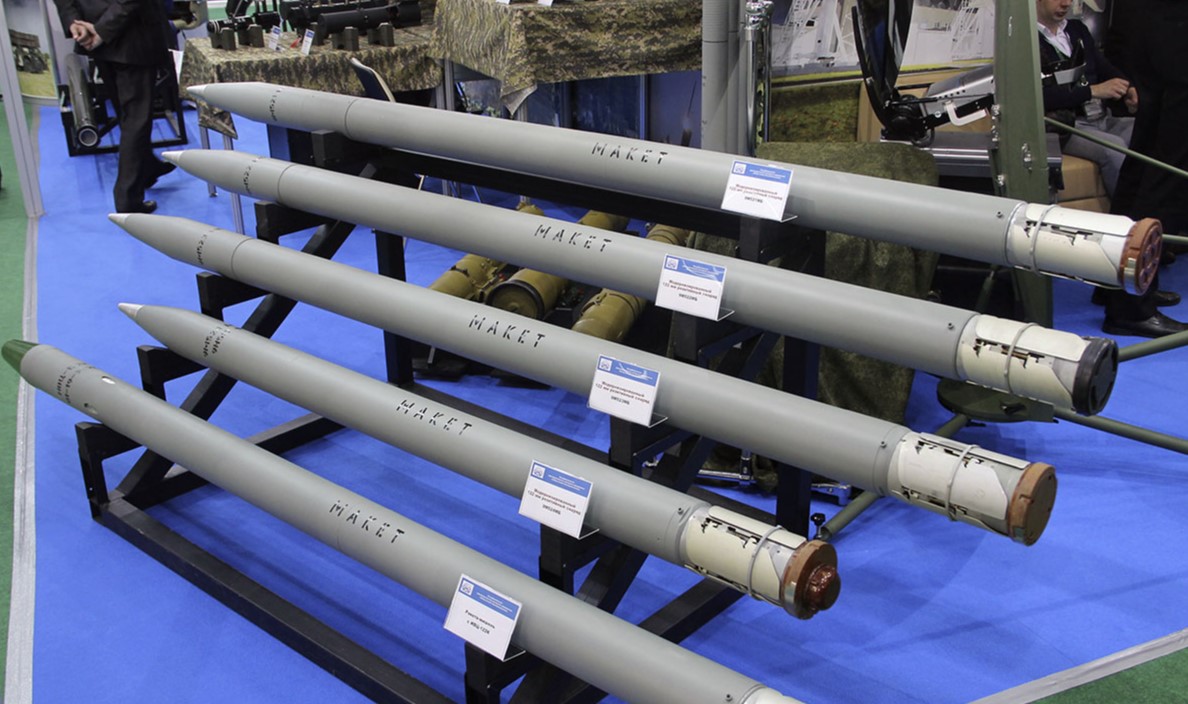Belarus Tests New Shells for Grad Systems
15 March, 2025 BelGrad MLRS fires new 122 mm shells. March 2025. Belarus.
Source: vpk.gov.by The Belarusian military has tested new domestic 122 mm shells for Grad multiple rocket launcher systems. The Ministry of Defense of Belarus stated that the tests were conducted with the help of the domestic BelGrad rocket launcher.
"We have successfully launched 122 mm shells of domestic design for the BelGrad MLRS of high-explosive fragmentation action," the military said. In particular, the tactical and technical characteristics of the ammunition were tested during launches at different ranges in conditions as close to combat as possible. "The test results confirmed all the requirements set by the customer," the Belarusian military said.
Back in 2017, the Belarusian Precision Electromechanics Plant provided opportunities for the creation and modernization of 122 mm rocket projectiles (RS). In December 2016, state tests of the new 122 mm RS 9M523MB for the Grad MLRS were successfully completed.
The high-explosive fragmentation munition is in the same weight and tactical group as the standard 9M22U projectile.
 The mock-ups of Belarusian 122 mm shells for the Grad MLRS. Source: "ya-voyenniy.bel"
The mock-ups of Belarusian 122 mm shells for the Grad MLRS. Source: "ya-voyenniy.bel"
However, it differs from it by having more than twice the power of the target, a much higher explosive yield, and the presence of 1,000 warheads.
Due to its thinner body, the projectile is easier to "burst", and the warheads inside, weighing about 3.5 kg, provide maximum impact on manpower. Also in 2024, Belarus developed a unit that allows Grad rocket launcher shells to hit targets with increased accuracy.
 Belarusian targeting unit for 122 mm Grad MLRS projectiles.
Belarusian targeting unit for 122 mm Grad MLRS projectiles.
2024.
Belarus.
Photo credits: Goskomvoenprom
The technology is designed to increase the potential of Soviet-style rocket artillery, which is characterized by low accuracy.